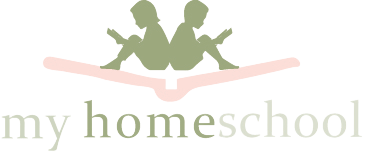How Our Science Works
This year we offer you a way to teach Chemistry and Physics in a meaningful way for your young child. Using both living books and some hands-on ideas - that don’t require complicated supplies or processes - your child will gain a foundational understanding that will support their learning all the way through our primary school courses and through to the end of our Year Ten course.
This is an online version of this resource. When you buy the course it is provided in a printable PDF format. Additional video lessons are also given.
Lesson 2 – What are Observable Properties?
In the kitchen again let’s look at observable properties such as colour, texture and flexibility.
What are some items that are all made of the same material? (cutlery and saucepans, plates and cups)
What colours can you see in the kitchen?
What items are soft? What items are hard? Do any bend?
Do any smell?
Note: Properties have unique qualities and these are also used to identify them. Important properties include mass, volume, density, lustre, colour, shape, hardness, odour, malleability, size, texture, elasticity, transparency, absorbency and taste. These are the different physical characteristics or attributes of materials and objects. The observable properties of a material can be due to what it is made of. In guiding your child to determine the properties of a material, the following may be of help:
- Texture - Is it rough or smooth?
- Hardness – Is it hard to dent or scratch the surface?
- Strength – Is it easy or hard to break?
- Density – Is it heavy or light given its size?
- Reflectivity – Is it dull or shiny?
- Transparency – Does it let the light through?
- Opacity – Can you see through it?
- Flexibility – Is it easy to bend or is it stiff?
- Elasticity – Can you bend or stretch it? Does it then go back to its original shape?
Chemistry Complementary Links
This video from Crash Course Kids is about how to find properties in objects (4 mins):
This video also from Crash Course Kids is about how to describe different properties (4 mins):
This video from Crash Course Kids is about the science behind lunch (3:40 mins):
